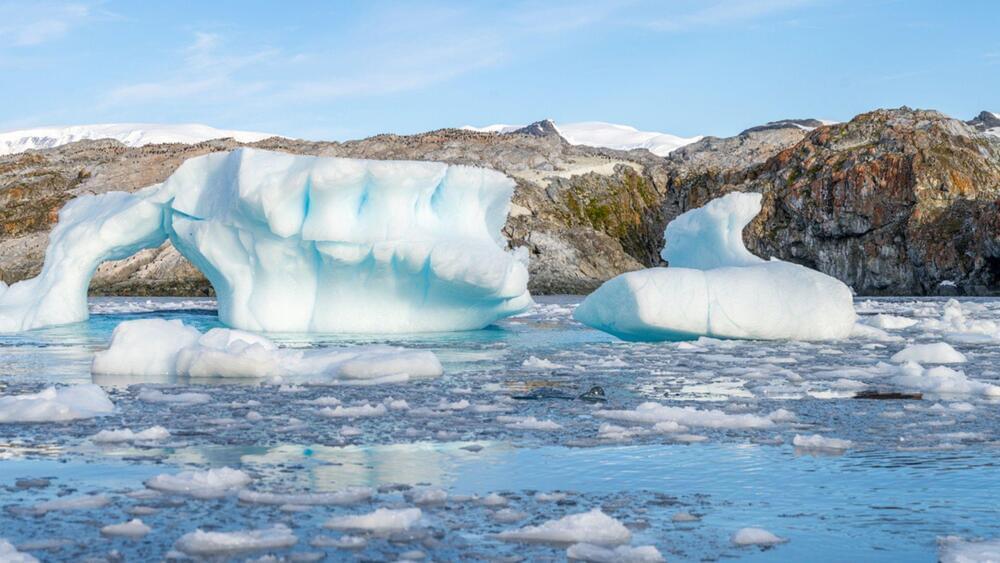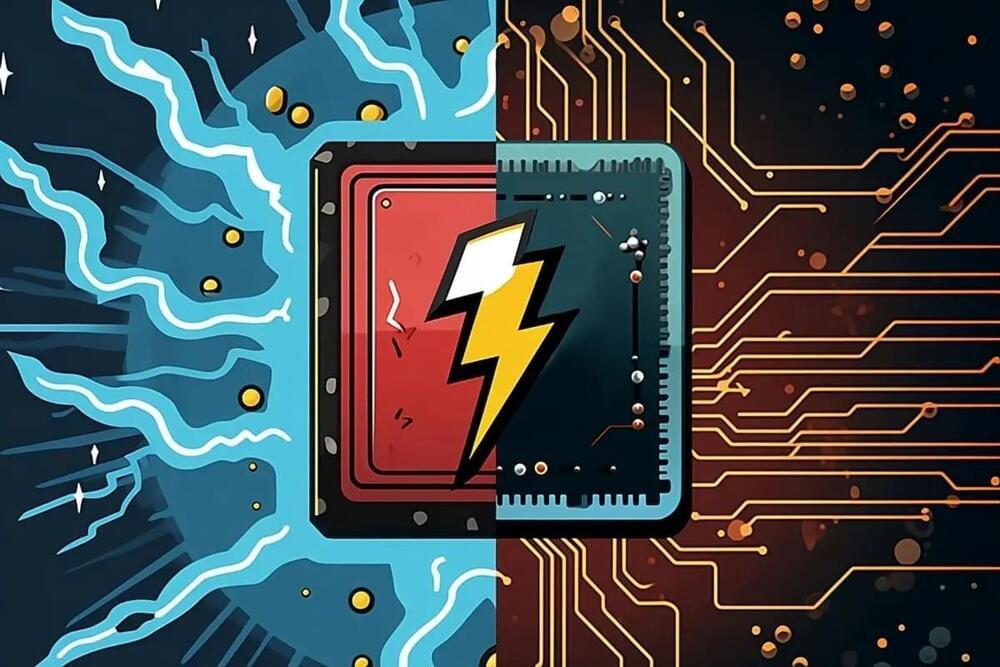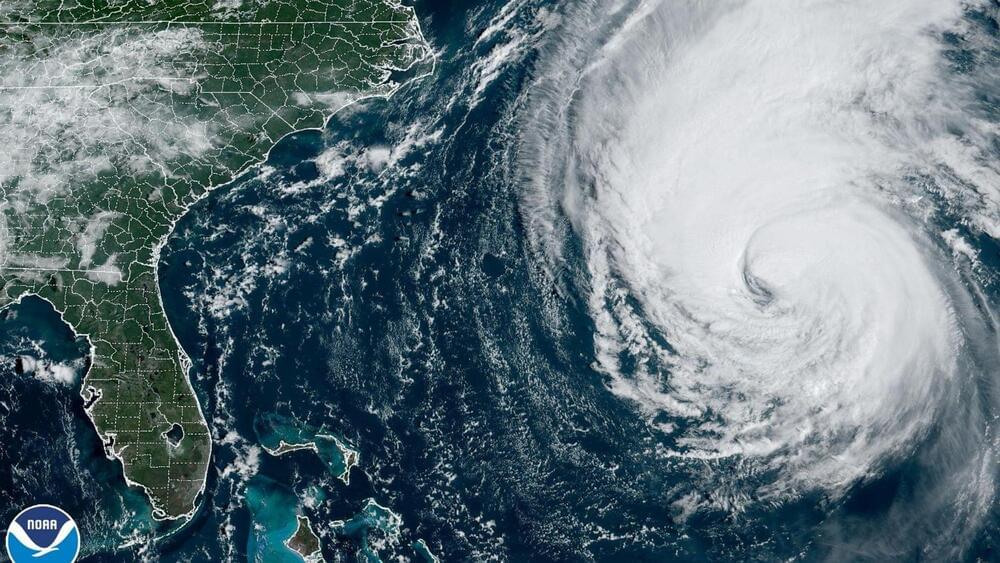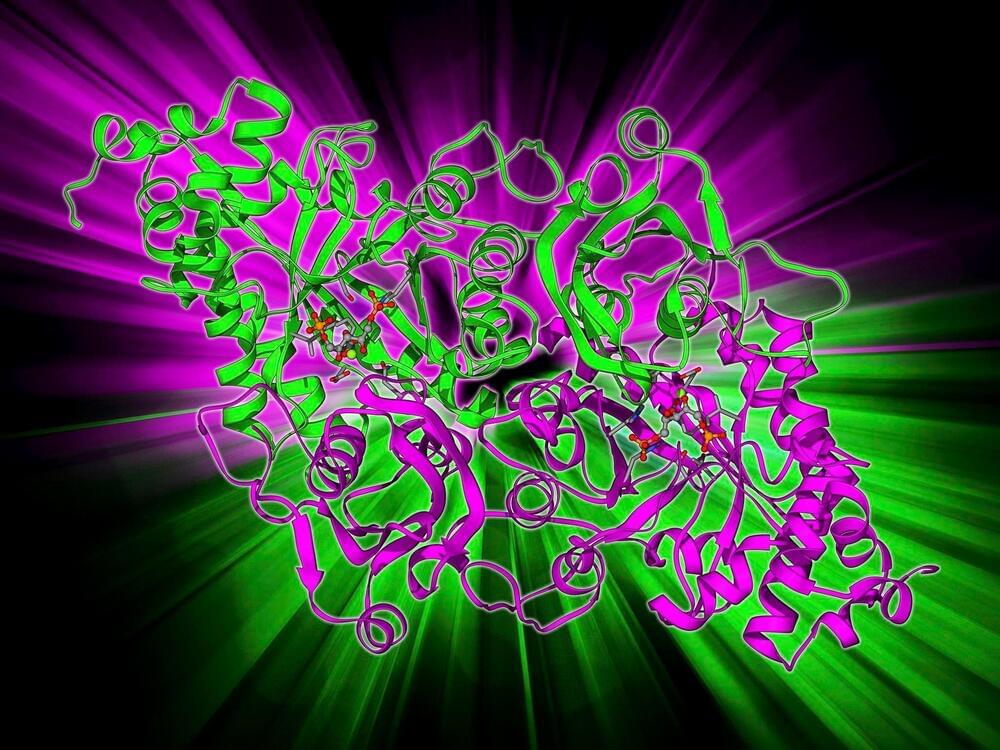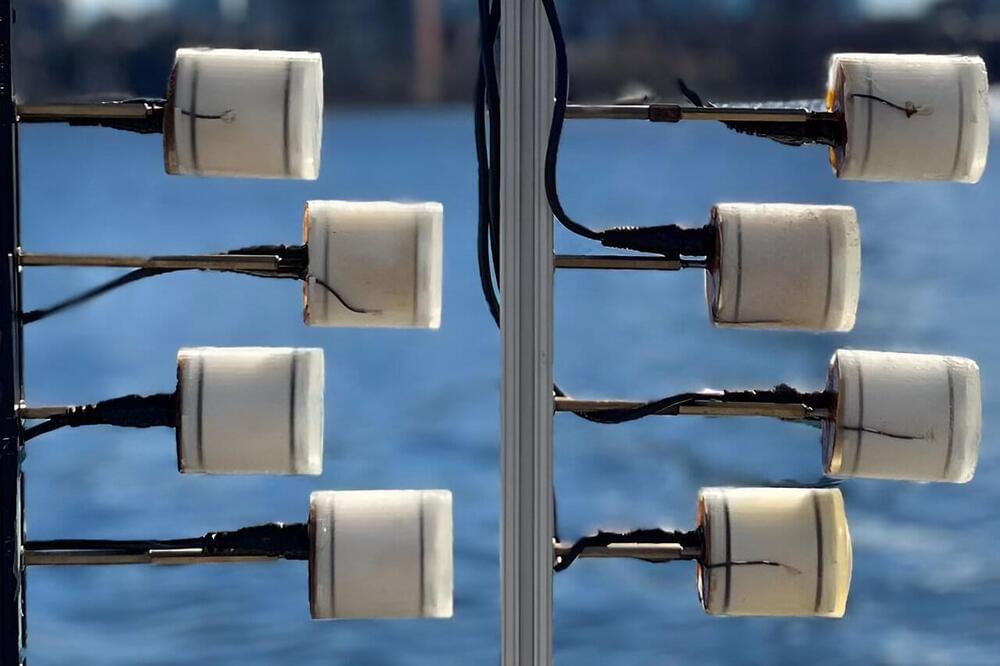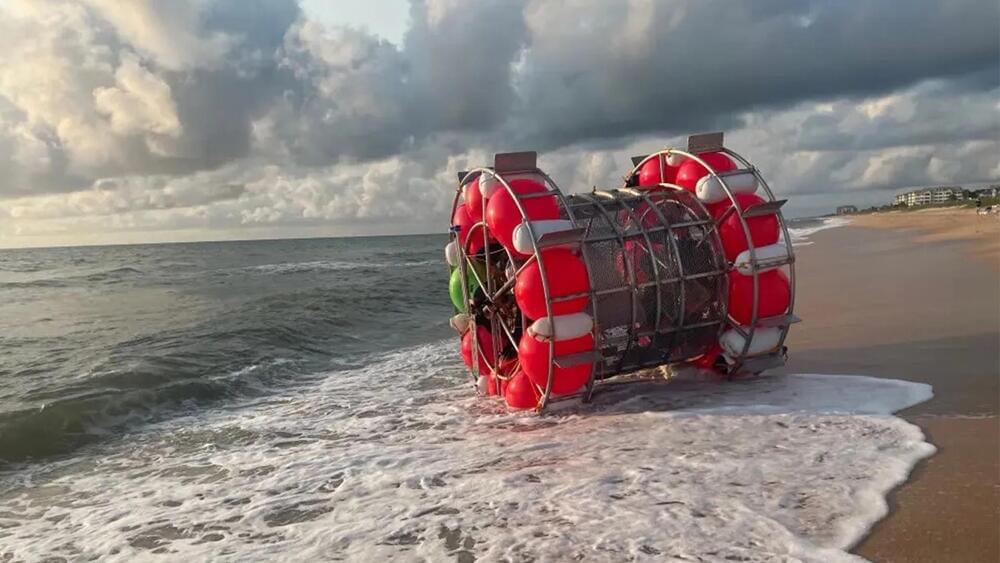‘Antarctica could transform from Earth’s refrigerator to a radiator’ as Earth is losing sea-ice that helps maintain balance in the planet’s temperature.
Recently, satellite data depicted that the sea ice in and around the Antarctica region reached record-low levels during winter.
This is a concerning development, given Antarctica’s historical resistance to global warming, BBC reported on Sunday (September 17). Scientists caution against unstable consequences of climate change in the polar regions.
